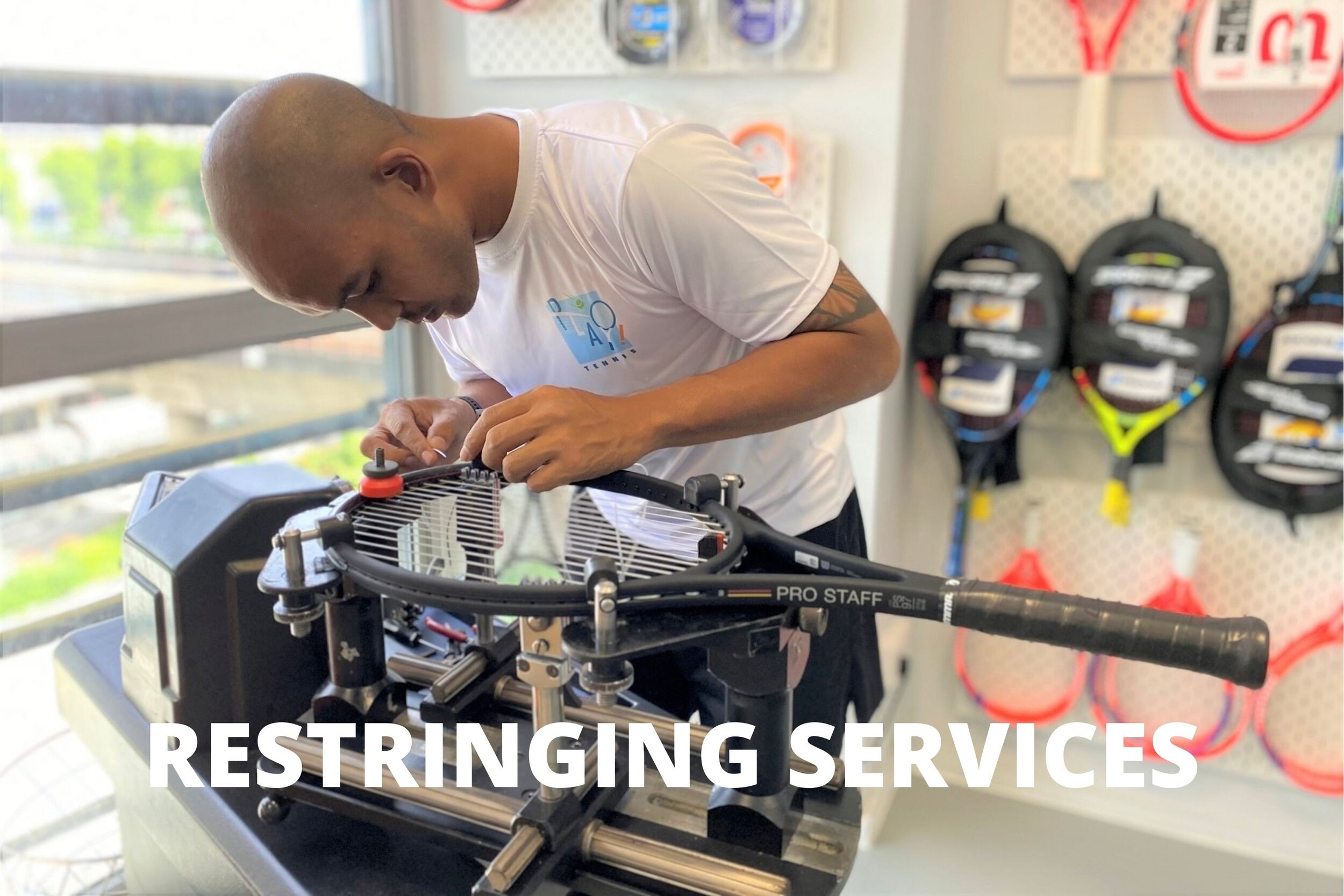Racket Restringing Course
Become a Certified Racket Stringer
Stringing a tennis racket is both an art and a science. Done correctly, it can improve the playability of the racket and extend its lifespan. Our tennis stringing course is designed to give you the knowledge and skills you need to be a competent stringer.
In just three hours, you'll learn key concepts and gain hands-on experience. This course is perfect for aspiring stringers or anyone who wants to better understand the game of tennis.
With our experienced instructors, you'll be stringing like a pro in no time!
As the popularity of tennis grows, there is an increasing demand for skilled stringers. Join our course to develop this skill and then proceed to earn some side income from stringing rackets.
FAQs
-
1. Find a suitable stringing machine. There are many models of stringing machines to choose from, so it is important to find one that suits your needs. For example, some stringing machines are designed for home use, while others are made for professional stringers. Stringing machines range in price from around $300 to over $3,000, so it is important to compare features and prices before making a purchase.
2. Measure out the string. Most stringing machines come with a measuring guide, so you can simply follow the instructions. In general, you will require about 11 to 12 metres of string to restring a tennis racket.
3. You'll need to remove the old string from the racket. To do this, simply cut it with your cutter tool and pull it out through the eyelets.
4. Mount the racket on the stringing machine. This can be done by placing the racket in the cradle and tightening the mounting screws. Once the racket is secure, you can begin stringing the main strings (vertical strings) first through the eyelets. With the string properly attached, you can begin tensioning it with the machine until it reaches the desired level of tension. Start at the bottom and work your way up, making sure that each string is pulled tight. After all of the main strings have been strung, you can add any cross strings. Finally, once the racket is strung, you need to cut off any excess string and tie a knot.
5. With patience and attention to detail, you will be able to string rackets.
-
Types of Strings
Types of String Patterns
Types of Stringing Machines
Recommended Tension
How to Prepare the Racket and Strings
How to Mount the Racket
Stringing the Mains
Stringing the Cross
How to Tie the Knot




















